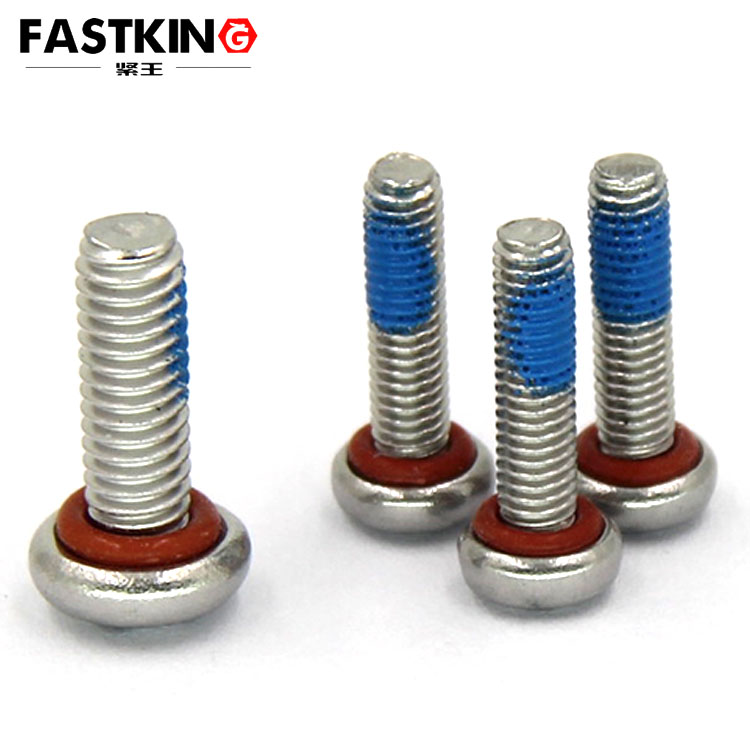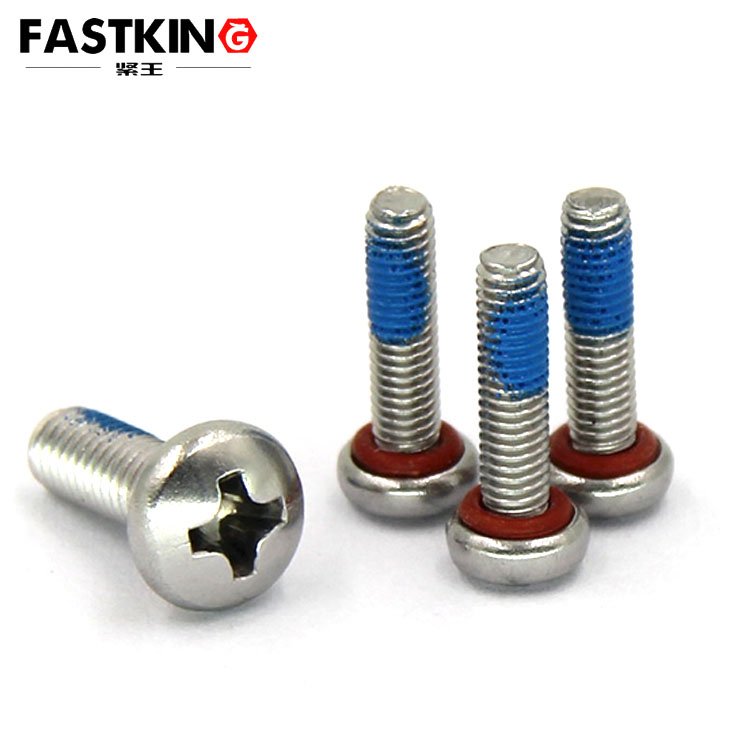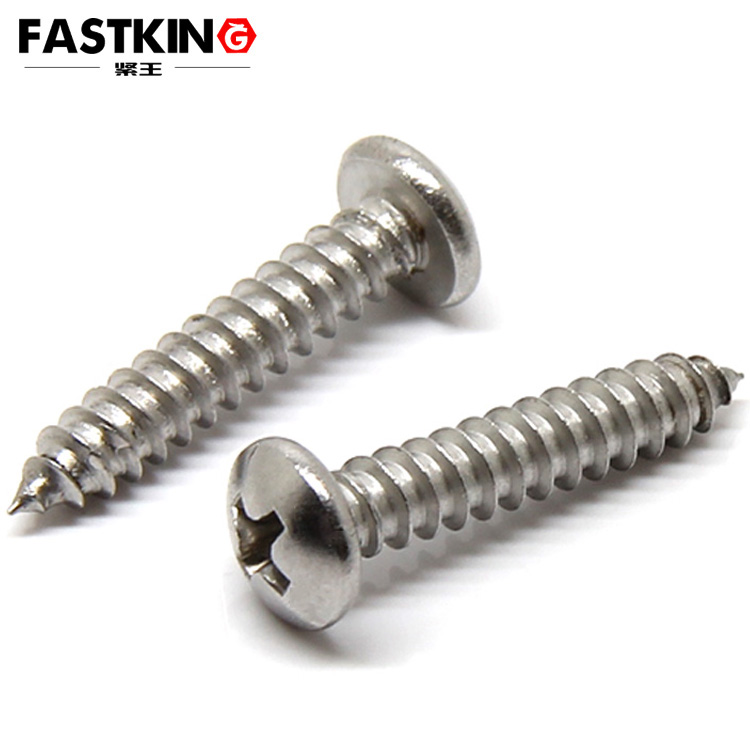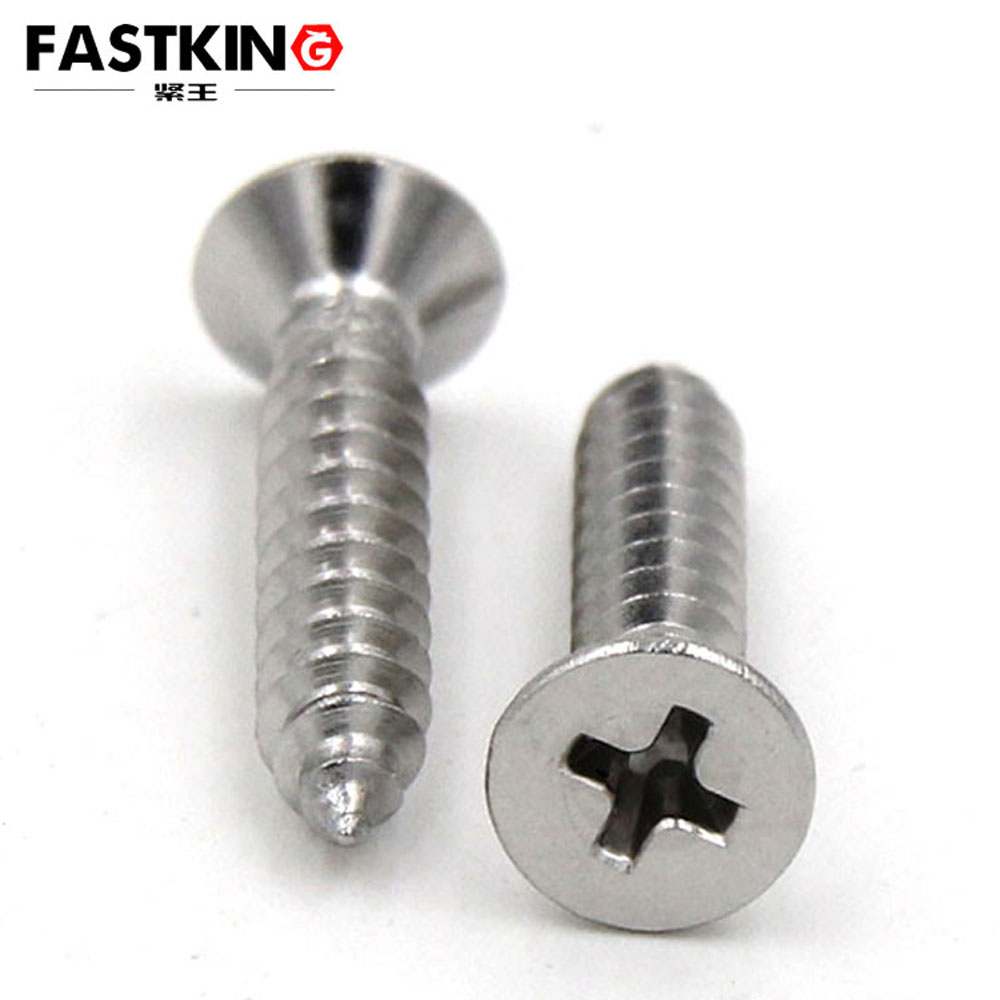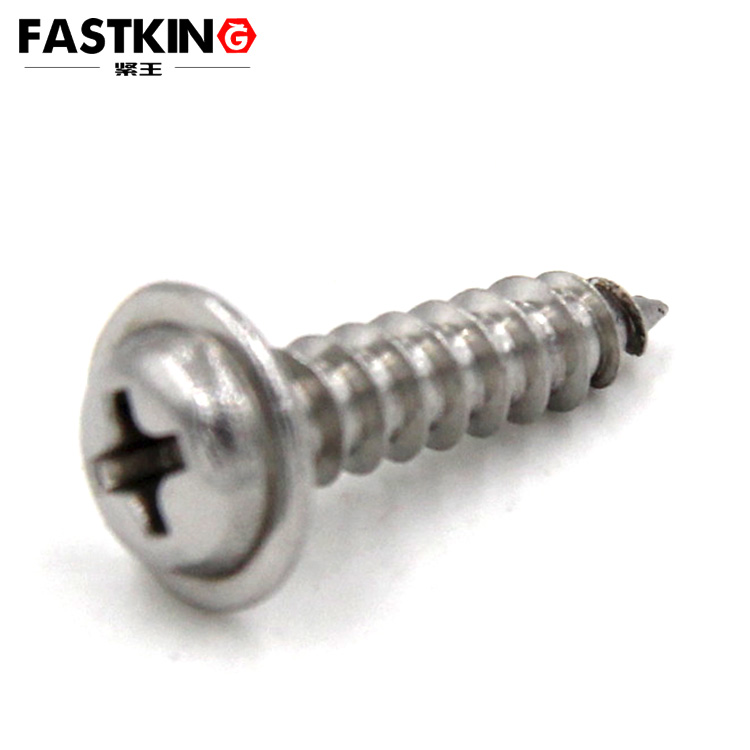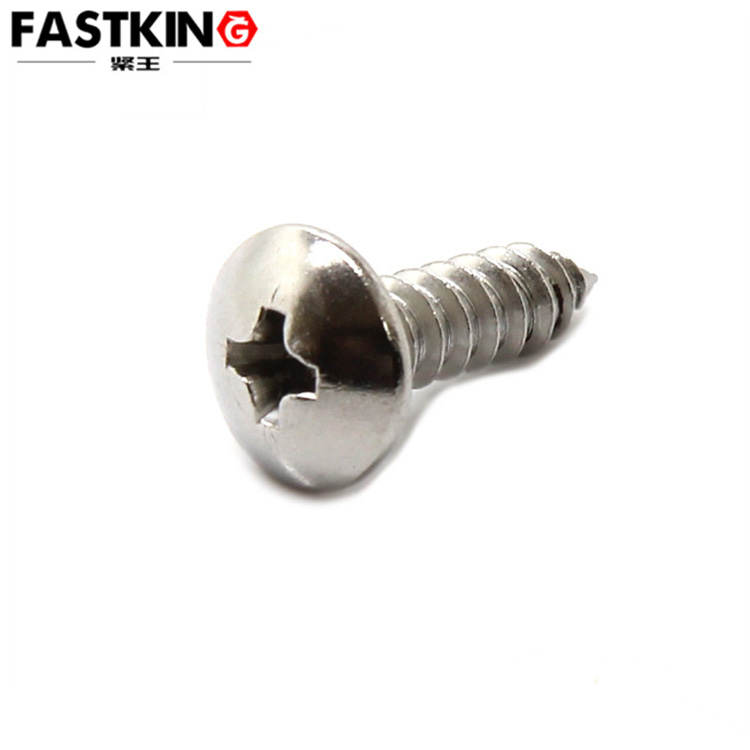Waterproof O Ring Self Sealing Screws
- Product description:Round-head Phillips waterproof screws feature a groove at the bottom, which facilitates the installation of an O-ring. When tightened, the screw achieves a waterproof effect.?
The product is made of
The key difference between round-head Phillips waterproof screws and ordinary screws lies in their structurally optimized design for waterproofing needs—especially the cooperation between the bottom groove and O-ring, which forms a dual waterproof mechanism of "physical sealing + pressure locking":
An annular groove is designed at the bottom of the screw (near the root of the thread). The dimensional parameters of the groove are precisely calculated to perfectly match the O-ring: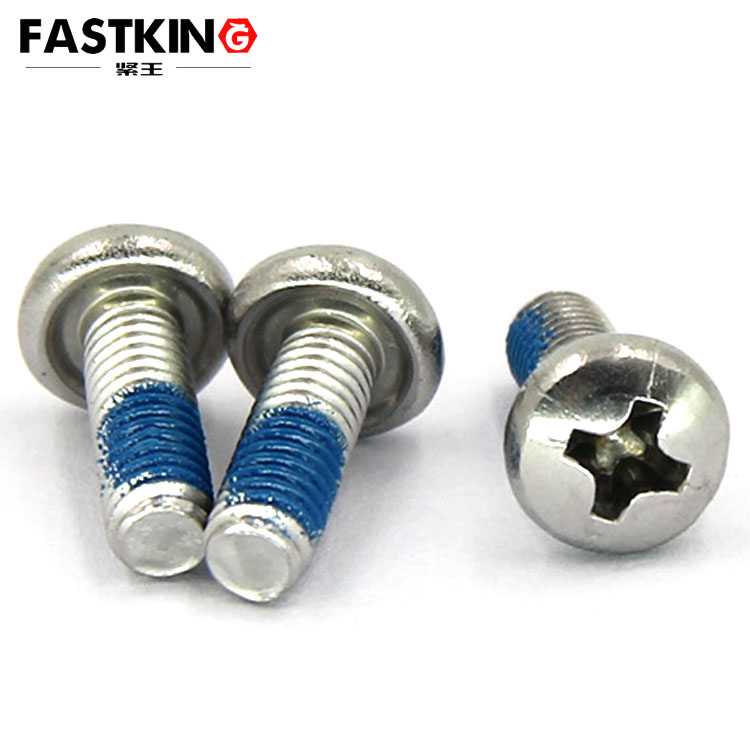
-
Groove Width and Depth: The groove width is usually 0.1-0.2mm larger than the O-ring’s wire diameter (e.g., for an O-ring with a 1.5mm wire diameter, the groove width is set to 1.6-1.7mm). The groove depth is 1/2-2/3 of the O-ring’s wire diameter (e.g., for a 1.5mm wire diameter, the groove depth is set to 0.8-1mm). This ensures the O-ring does not become deformed or damaged due to being too tight, nor shift due to being too loose after insertion.
-
Groove Wall Precision: The inner wall of the groove undergoes high-finish processing (surface roughness Ra ≤ 0.8μm) to avoid sharp edges scratching the O-ring. It also reduces gaps between the O-ring and the groove wall, lowering the risk of water seeping through the groove wall.
-
Positioning Function: The annular groove fixes the O-ring at the bottom of the screw, preventing the O-ring from shifting or falling off during screw installation. This ensures the O-ring remains in the critical waterproof position "between the screw and the connected component’s contact surface," laying the foundation for subsequent sealing.
The matching O-ring is typically made of nitrile rubber (NBR), ethylene propylene diene monomer (EPDM), or silicone rubber. When combined with the groove at the screw’s bottom, it achieves dynamic sealing during tightening:
-
Compression Sealing Principle: When the screw is tightened, the connected component exerts axial pressure on the O-ring, causing it to elastically deform. This deformation fills tiny gaps (including unevenness caused by processing errors) between the screw’s bottom and the connected component’s surface, forming a tight elastic sealing surface that blocks water, moisture, and dust from seeping through the gaps.
-
Material Adaptation: Different O-ring materials are selected for specific scenarios—EPDM is used for bathroom equipment (contact with hot water) due to its temperature resistance (-40℃ to 150℃) and anti-aging properties; NBR is used for automotive exterior parts (contact with oil) for its excellent oil resistance; silicone rubber is used for food equipment (requiring hygiene standards) as it meets FDA requirements.
-
Longevity: High-quality O-rings maintain elasticity for 3-5 years under normal working conditions. Combined with the positioning of the screw’s bottom groove, they prevent the O-ring from shifting, aging, or cracking due to long-term use, ensuring stable waterproof performance.
-
Round-Head Design: The top of the round head is curved. Compared with countersunk heads, it reduces water accumulation (rainwater slides off quickly along the curved surface, preventing water from pooling on the screw head and seeping into thread gaps). Additionally, the round head distributes pressure more evenly on the connected component’s surface, making it suitable for thin or soft substrates (e.g., plastic housings).
-
Phillips Slot Specification: Standard Phillips slots (e.g., PH2, PH3 sizes) are adopted, compatible with ordinary Phillips screwdrivers or electric screwdrivers. No special tools are required for installation, balancing waterproof performance and assembly efficiency. It is particularly suitable for on-site maintenance of outdoor equipment and mass production assembly (e.g., installation of outdoor surveillance camera housings).
The properties of 304 stainless steel not only improve the screw’s own corrosion resistance but also work with the O-ring to enhance overall waterproof performance, solving the problem of "waterproof failure due to rust" common in ordinary carbon steel screws:
304 stainless steel contains 18% chromium and 8% nickel, forming a dense chromium oxide passive film on its surface. This film effectively resists erosion from rainwater, humid air, and mild acidic/alkaline media:
-
Comparison with Ordinary Carbon Steel: Ordinary galvanized carbon steel screws rust within 3-6 months in outdoor humid environments; rust products damage the O-ring’s sealing surface, leading to waterproof failure. In contrast, 304 Stainless steel screws can be used in outdoor rainy environments for 5-8 years without obvious rust, and have a service life of over 10 years in humid bathroom environments (relative humidity ≥ 80%), ensuring long-term waterproof performance.
-
Applicable Scenarios: For marine platform equipment (salt-spray environments), outdoor lighting (rainwater exposure), and bathroom faucets (contact with water and detergents), 304 stainless steel prevents the screw itself from rusting and affecting the waterproof structure. It also reduces screw seizing due to rust, facilitating subsequent disassembly and maintenance.
304 stainless steel has good mechanical strength (tensile strength ≥ 520MPa, yield strength ≥ 205MPa). It can withstand sufficient torque without deformation during tightening, ensuring the O-ring receives a stable compression amount:
-
Torque Adaptation: Corresponding tightening torques are applied based on screw specifications (e.g., M4, M5, M6). For example, the recommended torque for M5 screws is 3-5N·m. Within this torque range, 304 Stainless steel screws do not experience head stripping or thread deformation, keeping the O-ring in a reasonable compressed state (compression amount is usually 20%-30% of the wire diameter). This avoids waterproof failure due to insufficient O-ring compression (from low torque) or O-ring damage due to over-compression (from high torque).
-
Fatigue Resistance: In scenarios with frequent temperature changes (e.g., outdoor equipment exposed to high temperatures during the day and low temperatures at night), the thermal expansion and contraction coefficient of 304 stainless steel matches well with most connected components (e.g., aluminum alloys, plastics). This reduces screw loosening caused by thermal stress, ensuring the O-ring’s compression pressure remains stable long-term and maintaining waterproof performance.
With its structural and material advantages, the 304 stainless steel round-head Phillips waterproof screw plays a key waterproof fastening role in multiple fields:
-
Outdoor Electronic Equipment: Such as outdoor surveillance camera housings and solar street light junction boxes—304 stainless steel resists outdoor salt spray and rainwater corrosion; the bottom O-ring seal prevents rainwater from seeping into the equipment, avoiding circuit board short circuits.
-
Bathroom Equipment: Such as bathroom mirror cabinet fixation and shower head brackets—EPDM O-rings resist hot water and detergents; 304 Stainless steel screws prevent rust in humid environments, ensuring long-term equipment stability and no water seepage risk.
-
Automotive Exterior Parts: Such as automotive headlight housings and door handles—NBR O-rings resist oil and aging; the screw’s bottom seal prevents rainwater from seeping through component gaps, protecting internal circuits and mechanical structures.
-
Medical Equipment: Such as disinfection equipment housings and medical sink accessories—304 stainless steel meets medical-grade hygiene requirements; the O-ring seal prevents disinfectants and water from seeping into the equipment, ensuring sterile and safe operation.
